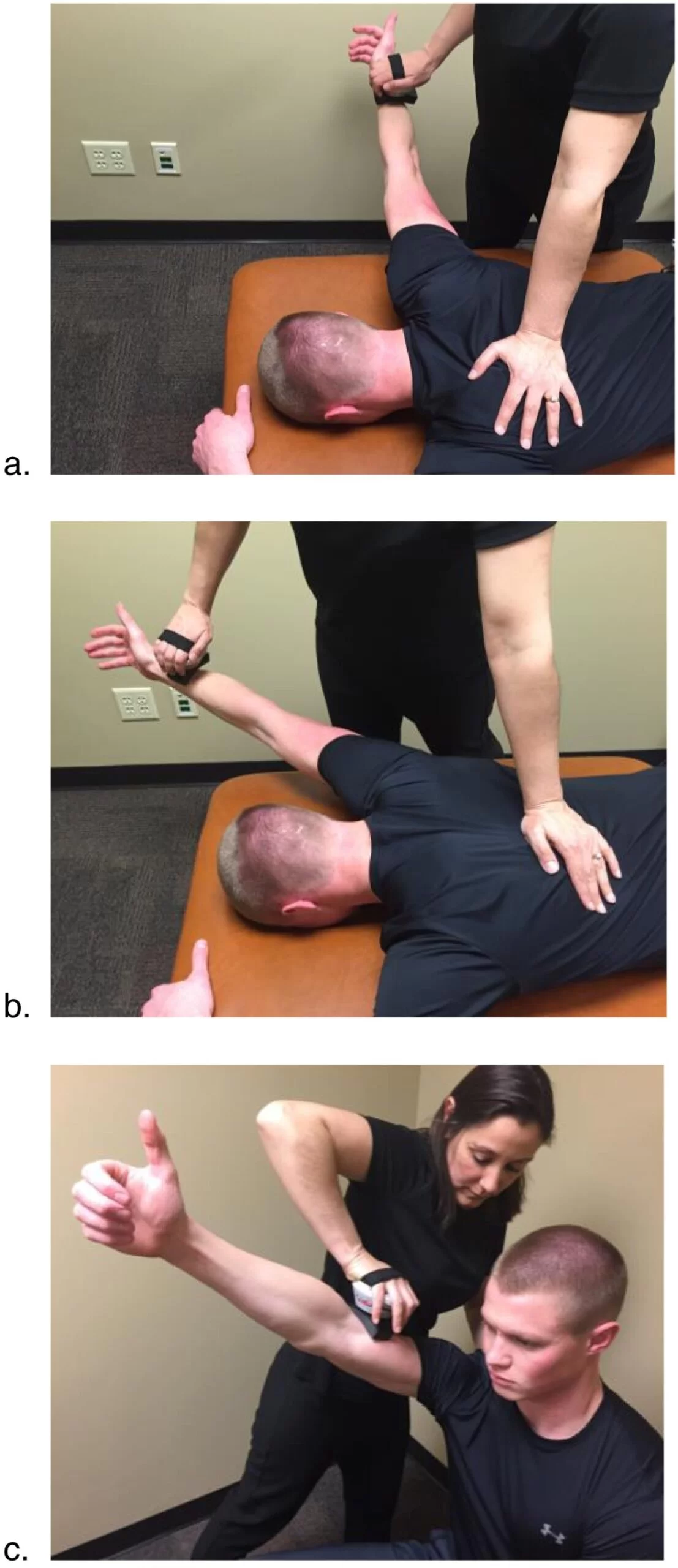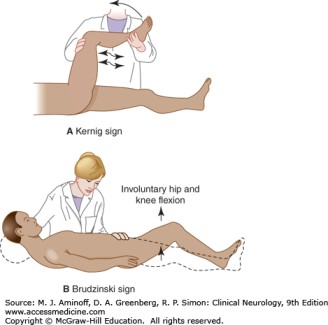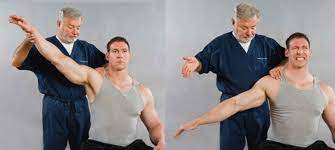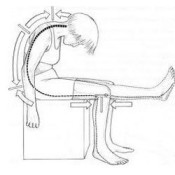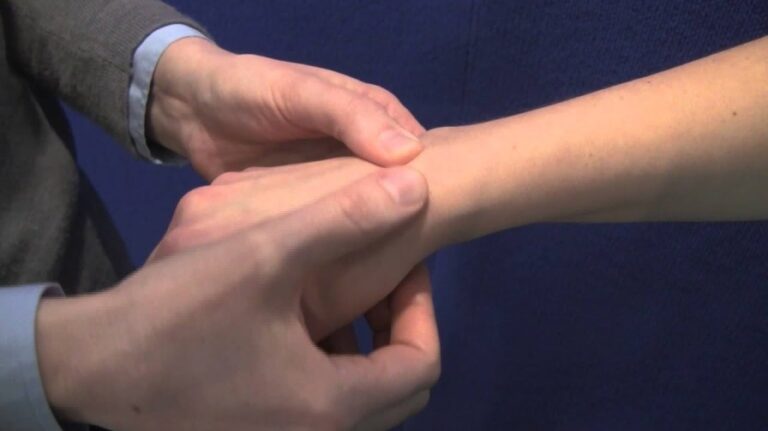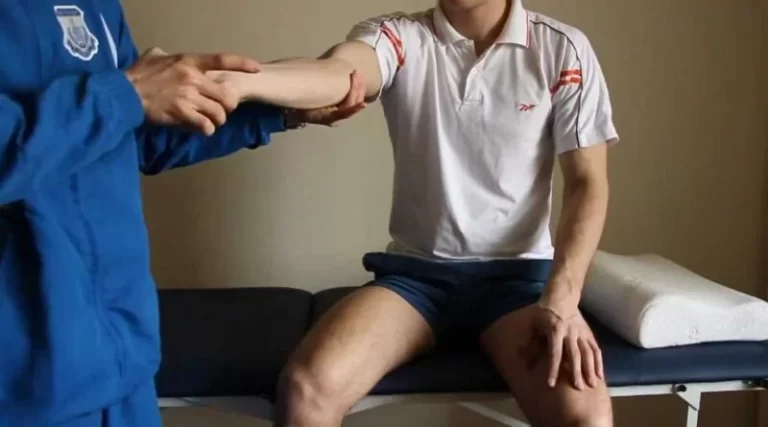Trapezius Muscle Weakness Test
- This test is applied to the clinic to check the weakness of the Trapezius muscle.
- Muscle of the trapezius is a flat, broad, superficial muscle which is extending from the cervical to thoracic region to the posterior aspect of the neck & trunk.
- Muscle of the trapezius is contributing to the scapulohumeral rhythm of the shoulder.
- This test checks the tightness of the Trapezius muscle.
What is the purpose of the Trapezius muscle weakness test?
- This test is used to check the tightness of the Trapezius muscle.
- This test is also used to check the presence of the cervical torticollis.
What is part of the Trapezius muscle?
- Upper Trapezius muscle
- Middle Trapezius muscle
- Lower Trapezius muscle
First, check the weakness of three muscles of Trapezius muscle
- Technique = starting position of the patient is sitting position.
- The patient is in a sitting position & places the patient the hands together over the head of the patient.
- The examiner stands behind the patient & pushes the elbow forward. in the
- Normal pattern the three parts of the trapezius muscle contract for to stabilize the scapula.

Check the upper Trapezius muscle
- Technique = starting position of the patient is sitting position.
- This upper Trapezius muscle is tested separately by elevating the shoulder with the arm sightly abducted / to resisted shoulder abduction & head side flexion.
- When the shoulder is elevated with the help of the arm by the side, it is indicated to the involvement of the muscle of levator scapulae & rhomboids.
Check the middle Trapezius muscle
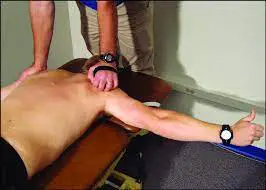
- Technique = starting position of the patient in the prone position.
- This middle Trapezius muscle is tested with the patient in a prone position with the arm abducted to 90′ & laterally rotated means external rotated.
- This test involves the examiner resisting the horizontal extension of the arm watching for retraction of the scapula, which should normally occur.
- If scapular protraction occurs, the middle fibers of the trapezius are weak.
Check the lower Trapezius muscle
- Technique = starting position of the patient in the prone position.
- The patient is prone lying with the arm abducted to 120′ & shoulder laterally rotated means externally rotated.
- The examiner applies resistance to diagonal extension & watches for scapular retraction that should normally occur.
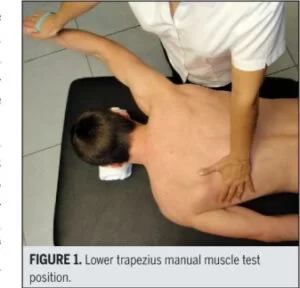
- If scapular protraction occurs, the lower trapezius is weak.
What is the result of the Trapezius muscle weakness test?
- Paralysis of the Trapezius muscle causes the scapula to translate inferiorly,& the inferior angle of the scapula is rotated laterally means externally.
- If the scapula is elevated more than normal, it may indicate a tight trapezius or the presence of cervical torticollis.

